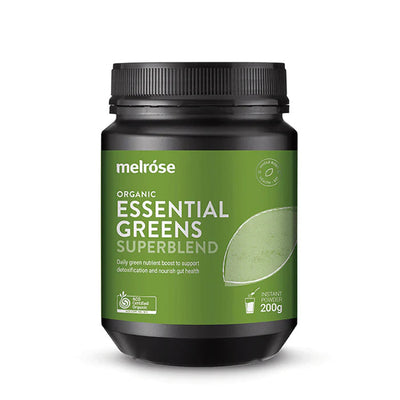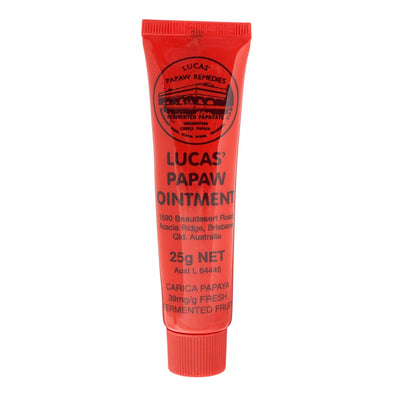Sunscreen Four Confusing Terms Explained!
Sunscreen who should Use it?
Well the short answer is EVERYONE, Australia has one of the highest incidences of skin cancer worldwide.

The story of skin cancer in Australia began over 200 years ago when the first fair-skinned Europeans settled on the shores of Sydney Harbour in 1788.
At least 2 in 3 Australians will be diagnosed with some form of skin cancer before the age of 70.1 The risk is higher in men than in women (70% vs. 58% cumulative risk of NMSC before age 70 1; 58.5 vs. 39.0 age-standardised incidence rate of melanoma2). The risk of mortality is also higher for men - 69% of Australians who die from skin cancer are men. 3

As mentioned previously,Australia has one of the highest rates of skin cancer in the world. This is due largely to our climate, the fact that many of us have fair skin that isn’t really suited to such harsh conditions, our proximity to the equator (high UV levels) and our social attitudes and love for the outdoors.
So today we look at the four common Sunscreen terms and explain them to you.
SPF: The SPF (Sun Protection Factor) of a sunscreen is a measure of how well it protects the skin from sunburn. Sunscreens need to be applied liberally to achieve the SPF protection claimed on the label.

Water resistant: Does not come off the skin during swimming or exercise, provided it is not wiped off. While a label may state a sunscreen is '4 hours water resistant', sunscreen still needs to be applied every two hours to maintain the same level of protection.

Broad-spectrum: Broad-spectrum sunscreens filter both UVA and UVB rays. UVB is the principal cause of sunburn, but both UVA and UVB contribute to increased skin cancer risk.

The '+' sign: The plus sign means 'more than'. For example, SPF50+ sunscreen must provide at least SPF60 in testing. This is because the same batch of sunscreen will test slightly differently in different laboratories with different methodology. By testing at SPF60, it removes any margin for error.

A couple of key points SPF is the degree of protection your skin gets, and this increases with the higher numbers, so an SPF 30 allows about 3 percent of UVB rays to hit your skin. An SPF of 50 allows about 2 percent of those rays through. That may seem like a small difference until you realize that the SPF 30 is allowing 50 percent more UV radiation onto your skin. Plus there are two suns rays we get hit with. The first is Ultraviolet A (UVA) which has a longer wavelength, and is associated with skin aging. The second is Ultraviolet B (UVB) which has a shorter wavelength, and is associated with skin burning (as they all say think B for burning, and A for aging with skin cancer).











Leave a comment